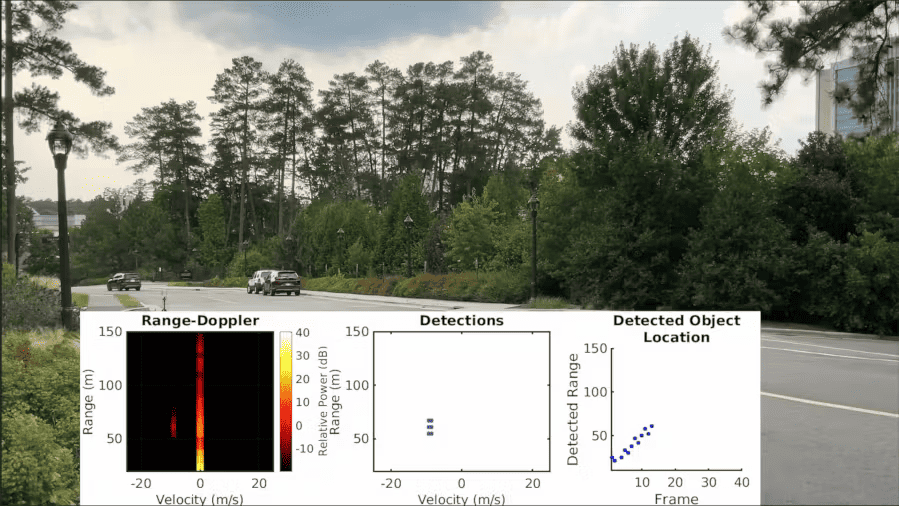“Hallucination” has become a surprisingly popular word in the world of cutting-edge technology. If you’ve worked with ChatGPT or other AIs, you know that they can hallucinate and create completely untrue (but convincing) content. Well as it turns out, they’re not the only ones who do it: cars can hallucinate too.

Your senses deceive you, car
Self-driving cars, also known as autonomous vehicles, operate using a combination of advanced technologies to navigate and drive without human intervention. At the core of these vehicles is a sophisticated system that includes sensors, cameras, radar, and Lidar (Light Detection and Ranging) to collect data about the car’s surroundings.
This data is then processed by powerful onboard computers that build a detailed map of the environment, including other vehicles, pedestrians, road signs, and lane markings. The system uses this information to make real-time decisions, such as when to accelerate, brake, or steer, enabling the car to navigate through various traffic conditions safely.
But what if you could get a car to “see” things that are not there?
Engineers at Duke University, led by Miroslav Pajic, the Dickinson Family Associate Professor of Electrical and Computer Engineering, and Tingjun Chen, assistant professor of electrical and computer engineering, have done just that. They’ve created a system they call “MadRadar” — and the system can fool cars into believing almost anything.
MadRadar attacks car’s radar sensors. It doesn’t need to know what type of radar the victim car uses, and it can do a bunch of things. It can create a “phantom car” that doesn’t exist; it can make a victim car think another car is in a different position; it can even hide the existence of other cars altogether.
“Without knowing much about the targeted car’s radar system, we can make a fake vehicle appear out of nowhere or make an actual vehicle disappear in real-world experiments,” Pajic said. “We’re not building these systems to hurt anyone, we’re demonstrating the existing problems with current radar systems to show that we need to fundamentally change how we design them.”
We’re gonna need a better radar

Radar is just one of the many sensors that cars use. Radar serves to detect moving vehicles in front of the cars and sideways. It also augments visual and laser sensors.
But apparently, you can flood these radar sensors with misleading signals.
The first step is to detect a car’s radar parameters. That wasn’t too much of a challenge — MadRadar is able to do it in less than a second. Then, after the parameters are known, the system can customize its attack signal to fool the target’s radar.
In one demonstrated attack, MadRadar mimicked the signal of another car and made the victim think a car was present when it wasn’t. The system can also do the opposite, masking a car and making it seem invisible to radar. In the most complex type of attack, they made it seem like a car was quickly swerving towards the victim.
Imagine the following scenario. A self-driving car is deceived in thinking another car is suddenly heading towards it. To avoid a devastating collision, the victim car may swerve offroad or even cause a chain accident.
It’s not hard to understand why this is such a problem.
How to defend against such attacks
The most important thing is to be aware that these attacks are possible and try to develop defense mechanisms. These attack demonstrations weren’t done in a lab, they were done in actual cars moving in realistic scenarios.
The researchers recommend that carmakers first implement a randomizing system that changes a radar system’s operating parameters over time. But this alone will not protect cars and it’s important to add safeguards to the processing algorithms to spot similar attacks.
It’s not just cars, either. The same type of attacks could be used on different types of machines.
“These lessons go far beyond radar systems in cars as well,” Pajic said. “If you want to build drones that can explore dark environments, like in search and rescue or reconnaissance operations, that don’t cost thousands of dollars, radar is the way to go.”
You can see a video summary of how this system works here.
The study will be presented at the 2024 Network and Distributed System Security Symposium, taking place February 26 – March 1 in San Diego, California.






